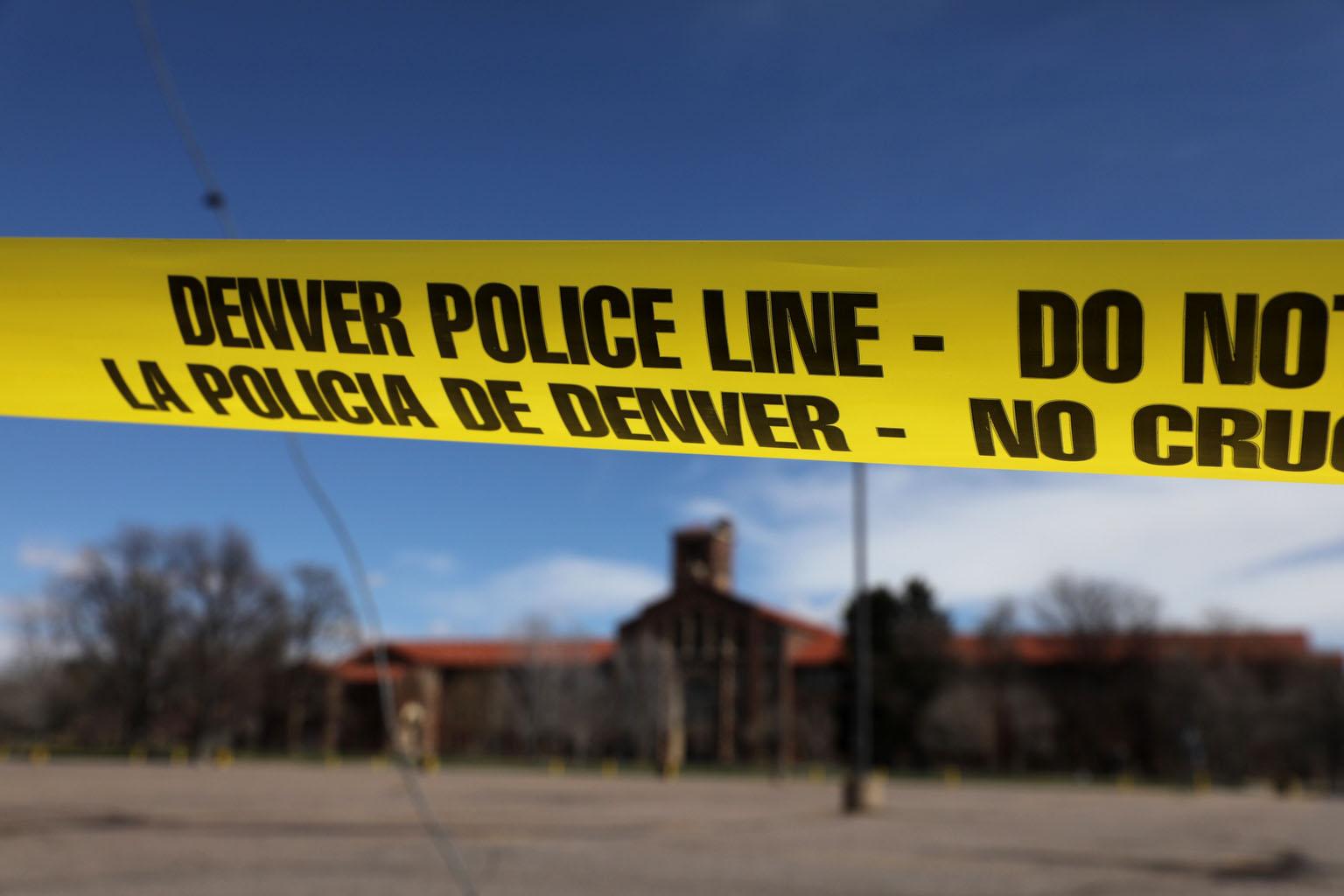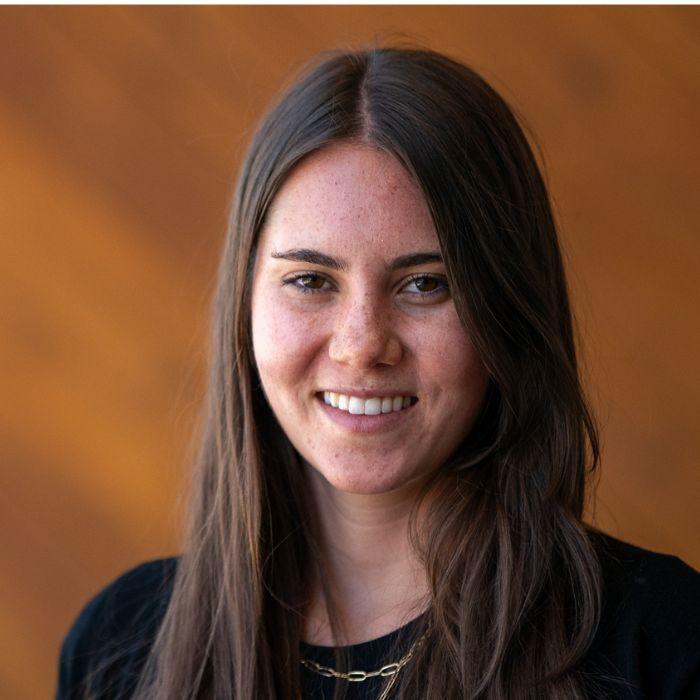
Denverites living in one of a few small neighborhoods — Elyria-Swansea, Globeville and Sun Valley — are much more likely to be incarcerated than residents in other neighborhoods, according to a new report.
The neighborhoods are disproportionately poor. In some cases, the poverty rates have reached more than 30 percent. They are also home to more people of color than other Denver neighborhoods.
Sun Valley, west of Interstate 25, has the highest imprisonment rate in the city — 25 people in prisons reported their last address there and the neighborhood currently has 1,127 residents. That compares to the more affluent West Washington Park neighborhood, where just eight incarcerated people had addresses there, compared to 8,050 residents.
This means people living in Sun Valley are more than 20 times more likely to be sent to prison than those living in West Washington Park.
But imprisonment is the final stage in the criminal justice process, which research has shown to be biased against poor and non-white Americans at every step.
Jeffrey Nowacki, an associate professor of sociology at Colorado State University, said that the people who are incarcerated have progressed furthest through the criminal justice system, which he describes as a series of filters. The police do not contact every person who commits a crime, and there are disparities in what happens to those who are contacted.
“Some are arrested and some are not, of the people arrested some move on to the court system, and some might not. And then, at that stage, some people are convicted and other people are not. And then of the people that are convicted, some are incarcerated and others are not,” Nowacki said.
Neighborhood activists and criminal justice reform advocates from across the city say the numbers aren’t a surprise — particularly in the neighborhoods, they say, that are over-policed and don’t have a lot of community resources to help younger people, in particular.
“We have community members tell us, they can’t afford to make rent, they can’t afford food. They tell us the poor housing conditions of rental properties, the sidewalks are broken and cracked, the schools are under threat of closure,” Káren Orona, organizing manager at Movimiento Poder, an advocacy group working in southwest Denver. “We should divest from spending so much on the criminal legal system and instead spend some of that money on vital community needs.”
Others think it’s the court system that is the most biased
Candi CdeBaca is a Denver city councilwoman who represents Elyria-Swansea and has worked on criminal justice reform with the Denver Police Department for years. CdeBaca has found in research that the number of white people, particularly men, who were offered spots in the various diversion programs, after they were charged with crimes, was disproportionately higher than women of color.
“They’re biased in a very racialized way but also in a way that is classist,” CdeBaca said. “I think economics plays into it. I would be curious to see how many of those folks were represented by a public defender. It’s really the luck of the draw when you can’t afford an attorney. You’re reliant on someone saving your life.”
The report by the Prison Policy Institute is the first time researchers have looked at where people serving time in prisons are actually from in Colorado.
The researchers used the last known address of people in prison, excluding those who were formerly unsheltered and did not have an address and those with out-of-state addresses, to correct the total population in Colorado’s counties.
The data was made possible by a 2020 law passed that requires the state to tally county populations that include people in prisons — even if they’re serving sentences in another county. This prevents “prison gerrymandering,” which inflated the populations in counties and congressional districts with prisons — and took voting power away from the counties the incarcerated were living at the time they entered the criminal justice system.
“We know place of origin correlates with so many other metrics of wellbeing,” Prison Policy Institute researchers wrote. “We can and should target these communities for support and resources beyond what we typically think of as interventions to prevent criminal legal system contact.”
The report’s findings highlight broad trends, but Nowacki warned against making assumptions about individuals, or even communities, based on the report.
“We call it the ecological fallacy,” Nowacki said. “Just because somebody's in one of those jurisdictions doesn't mean that they're going to offend or that they’re going to participate in crime.”
Aurora and Colorado Springs also send a disproportionate number of people to prison
Beyond the data about the Denver neighborhoods, the report found that the state’s largest cities, Denver, Aurora and Colorado Springs also send a disproportionate number of people to prisons. Roughly 65 percent of the state’s prison population comes from one of those cities, even though those cities’ combined population makes up 55 percent of the state’s population overall.
Prison Policy Institute researchers found similar neighborhood trends in both Aurora and Colorado Springs.
In Colorado Springs, which is the state’s second-largest city, the highest percentage of people who are in prison come from southeast Colorado Springs.
In Aurora, just five neighborhoods account for a disproportionate number of currently incarcerated people.
Nearly 2,000 people in state prison are from Aurora, but 442 of those come from just five neighborhoods. North Aurora and Del Mar Parkway house 10 percent of the city’s population, yet a quarter of the city’s prisoners come from those two neighborhoods. The imprisonment rates in both neighborhoods are three times as high as the statewide average.
Part of that could be explained by poverty, which is correlated with higher incarceration and crime rates.
Jeffrey Lin, an associate professor of sociology and criminology at the University of Denver, said that in the poorest communities, violence is more common, but not all poor communities are violent. That comes down to “the tricky puzzle of culture” in a community, which is almost impossible to capture in data, Lin said.
Taj Ashaheed wasn’t surprised by the numbers. Ashaheed works at the Second Chance Center as a Department of Corrections manager, and helps people transition out of prison after they have served time.
Ashaheed himself served time years ago and said he has seen the flaws in the justice system through his own experiences.
“When I see numbers like this, it’s clear that in this particular section of the city, you have people of color and working class poor people go to jail and go to prison, and it starts at the DA’s office,” Ashaheed said. “The DA’s office reflects our societal attitudes about crime. We elect them. We think they’re the ones who are going to keep us safe.”
Denver's DA: 'Our criminal justice system definitely has a disproportionate impact on communities of color'
Denver District Attorney Beth McCann said she’s never collected or reviewed prosecution data from the neighborhood level — but she has collected data on prosecutions on ethnicities and race. She called the study instructive.
“What it shows us is that we do need to be putting more resources up front into those neighborhoods and also re-entry services for people getting out of prison who will be going back to those neighborhoods,” she said. “I think it will help us focus on the areas of where we need to be looking.”
McCann said she didn’t think the data comparison, on its own, between West Washington Park and Sun Valley reflected prosecutorial bias, but that she said she is mindful of that kind of bias every day.
“Our criminal justice system definitely has a disproportionate impact on communities of color,” McCann said. “We have to be ever vigilant in this office to make sure we aren’t treating people differently because of their ethnicity or their race. I’m not going to sit here and say that never happens … but overall I think our office does a very good job of treating people equally situated in an equal fashion.”
McCann also pointed out that there are a disproportionate number of victims of color she works with every day, and she doesn’t want to lose sight of that in the discussions of criminal justice reform.
“I think that sometimes gets lost,” she said. “Sometimes when I’m out speaking to those communities, they call the police because their children are getting murdered and their homes are getting burglarized. So it’s a constant balance.”








